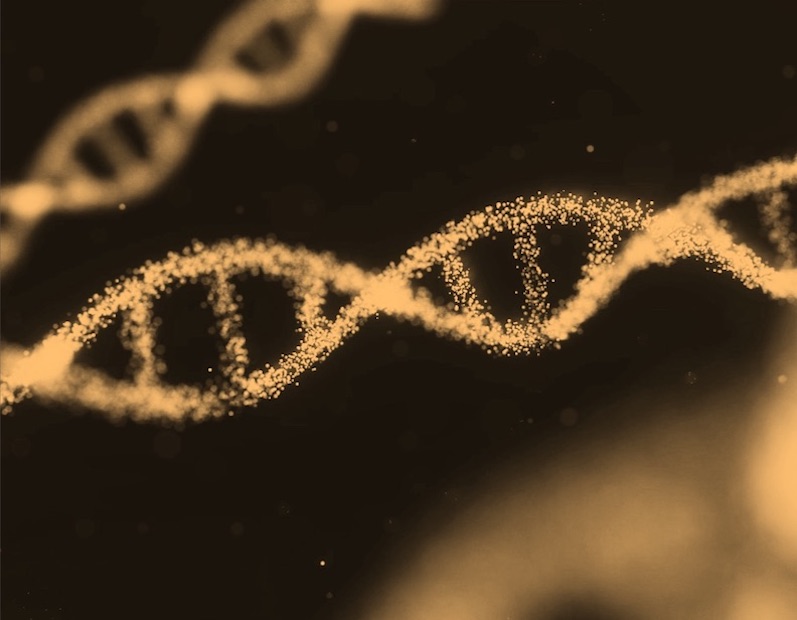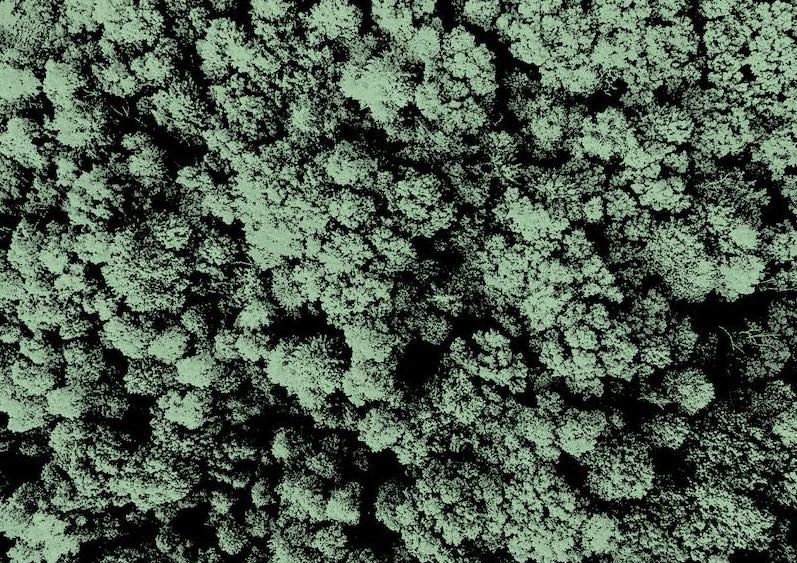What is it about?
The Internet of Things (IoT) is an emerging domain in recent days as they provided a huge number of applications in day-to-day lives. In contrast to the agricultural sector, the automatic techniques for recognizing plant disease have different benefits and pose several issues. In addition, inappropriate diagnoses are ineffectual in treating the disease and may affect the crop yield. This paper presents a novel technique for plant health monitoring by estimating sulphur dioxide. Here, the simulation of IoT was performed for improved functioning. After that, the cluster head selection and routing are performed using the proposed invasive water cycle (IWC) algorithm, which is devised by integrating the water cycle algorithm (WCA) and invasive weed optimization (IWO) algorithm. Here, the fitness function is newly modeled using certain factors involving Energy, intra and intercluster distance, and delay. After the cluster head selection and routing, the sulphur dioxide content from the soil is estimated. For sulphur dioxide estimation, the soil data is considered the input data, and then the data transformation is performed to transform the data. After that, the feature selection is performed by Mahalanobis distance, and then sulphur dioxide from the soil is estimated using Deep Q-Network, where training is performed using the proposed IWC algorithm. The proposed IWC-based Deep Q- Network offered improved performance with the highest accuracy of 0.941, and the smallest root mean square error (RMSE) of 0.242. In addition, the minimal Energy and highest Throughput are computed by the proposed IWC-based Deep Q-Network.
Featured Image
Why is it important?
The study demonstrates a significant advancement in IoT applications within agriculture, emphasizing the emerging domain's potential to revolutionize traditional farming practices. By leveraging IoT for plant health monitoring, the research underscores the technology's utility in making agriculture more efficient and data-driven. he proposal to integrate the Water Cycle Algorithm (WCA) with the Invasive Weed Optimization (IWO) Algorithm into a novel Invasive Water Cycle (IWC) algorithm for cluster head selection and routing in IoT networks is a noteworthy innovation. This integration aims to optimize network performance, addressing energy efficiency, distance minimization, and delay reduction, which are critical factors in the effective deployment of IoT in agriculture.
Perspectives
The method showcases how IoT can revolutionize traditional sectors like agriculture by introducing smart, automated systems for monitoring and improving crop health. This innovation could lead to more sustainable and efficient farming practices. The proposed invasive water cycle (IWC) algorithm, combining the water cycle algorithm (WCA) with invasive weed optimization (IWO), highlights a creative approach to addressing the complex problem of optimal cluster head selection and routing in IoT networks. This is crucial for energy efficiency and effective data transmission in IoT systems.
Balajee Maram
SR University
Read the Original
This page is a summary of: Deep computation model to the estimation of sulphur dioxide for plant health monitoring in IoT, International Journal of Intelligent Systems, September 2021, Hindawi Publishing Corporation,
DOI: 10.1002/int.22653.
You can read the full text:
Contributors
The following have contributed to this page







